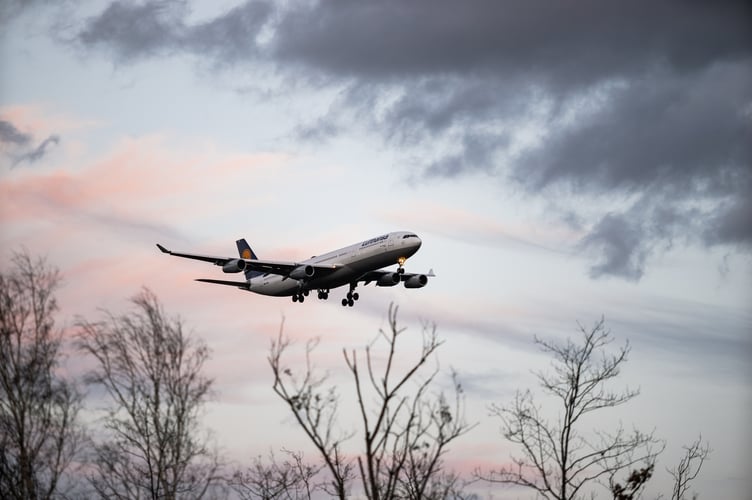Both Stansted and City airports are expanding, with Doncaster, Gatwick and Luton gaining government approval for expansion. Now, Chancellor Rachel Reeves has argued that a third runway at Heathrow is both desirable and sustainable.
However, Luton Airport’s claim that its expansion is sustainable was challenged by the Advertising Standards Authority on the grounds that it only considered emissions on the ground – in the planned new terminal – while ignoring the emissions from additional flights.
Chancellor Rachel Reeves has pointed to the environmental benefits of fewer planes circling London as they wait to land at a congested Heathrow, and to better technology and sustainable aviation fuels to reduce the emissions of a greater number of flights.
Planes currently run on jet fuel, which is kerosene, a fossil fuel, blended with small quantities of sustainable aviation fuels (SAF). The government’s Sustainable Aviation Fuel Mandate sets increasing targets for SAF in all UK aviation fuel, from 2% of total fuel in 2025, to 10% in 2030 and 22% in 2040.
The SAF used today are biofuels, made from waste oils and fats. The supply of these waste products is extremely limited and could only ever meet 4% of aviation demand. To increase supply would require growing biofuel crops such as rapeseed. Recent research by the Royal Society found that half of all the UK’s agricultural land would have to be taken out of food production to produce enough ‘sustainable’ aviation fuel to meet current demand.
In future, SAF could include synthetic fuels or efuels, made by combining green hydrogen with carbon derived from carbon capture. Synthetic aviation fuels are not commercially available as the plants to capture the carbon have not yet been built. The Royal Society calculated that the electricity needed to capture the carbon and make the green hydrogen would require 5 to 6 times the UK’s current renewable electricity generation.
Powering planes with electricity would be more energy efficient than making synthetic fuels, but batteries are heavy. Jet fuel accounts for 30% of the weight of a large commercial aircraft and gets lighter as the flight progresses. Batteries would amount to as much as 60% of the aircraft weight and the weight of a battery does not reduce as it discharges during flight.
Rolls-Royce, Airbus and BAE Systems have all trialled small battery-powered electric planes that could soon be used for short commercial flights. To scale up to large passenger planes and longer flights may require hybrid planes as a first step – just as hybrid cars predated fully electric cars. The batteries could power on-board functions like air conditioning and cabin pressurisation, and electric motors could assist the main engines during take-off and landing.
The future of electric planes depends on rapid progress in battery technology. While the feasibility of producing sustainable aviation fuels in sufficient quantities to reduce emissions is far from proven. Claims that adding 2% SAF to kerosene makes aviation sustainable are just greenwashing. Sustainable aviation still lies many years in the future.




